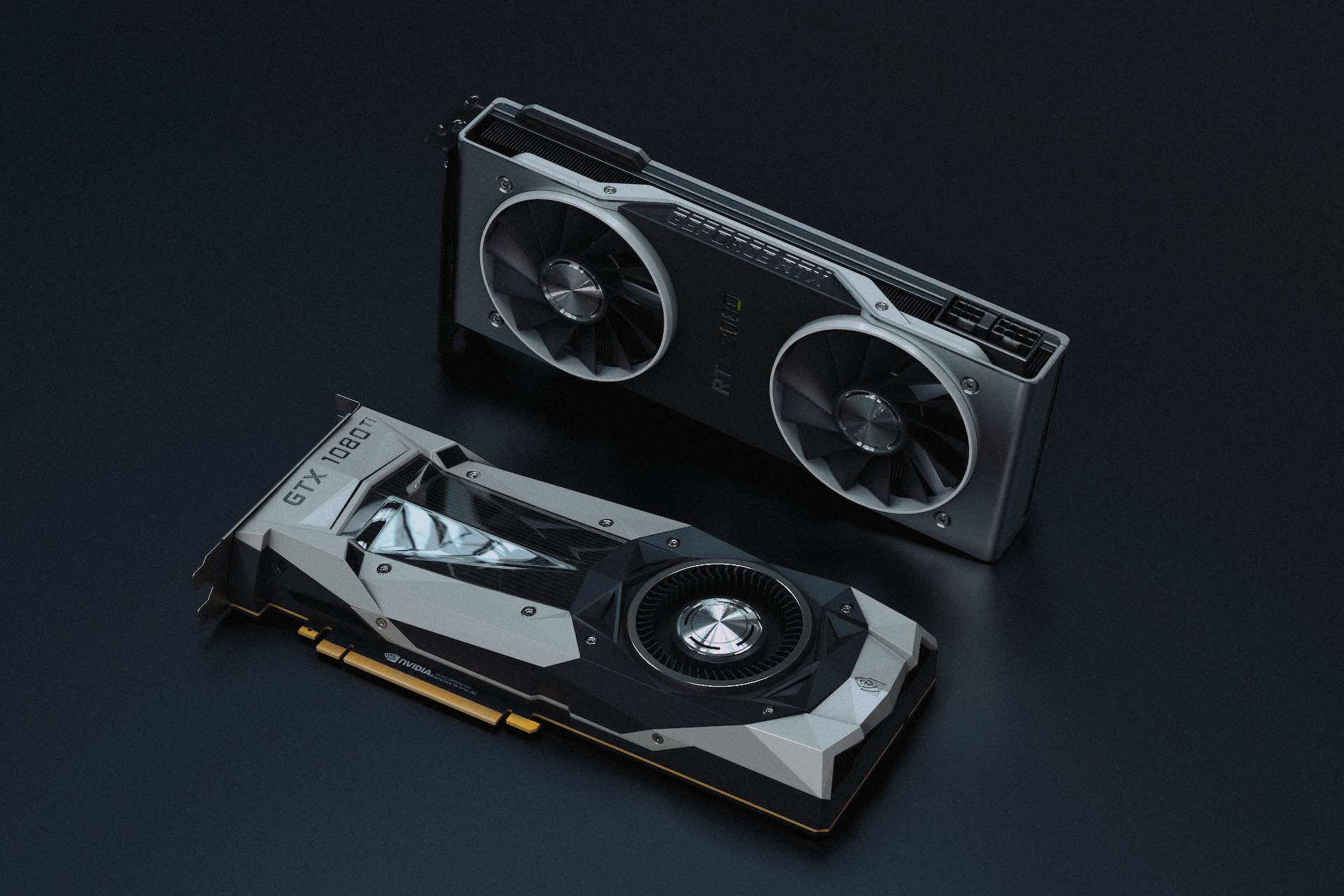The graphics card or graphics processing unit (GPU) is an essential component of the computer. It is solely responsible for rendering images and videos on the PC’s display and plays an essential role in the system’s performance. With a more potent graphics card, images and videos can be rendered faster. However, with so many options on the market, selecting the optimal GPU can be challenging. This article will provide a thorough guide to selecting the optimal graphics device for your system.
Tips to Choose the Right Graphics Card
Follow the below-given tips to select the suitable graphics card for your needs.
1. Determine your purpose
Determine first what you will use the graphics card for. If you’re constructing a gaming PC, you’ll need a powerful GPU. CPU and RAM can also have an impact on performance, but a weak GPU will not reverse all of this progress. If you want to use your system for video editing or graphic design, however, you will need a GPU with a lot of VRAM.
2. Clock speed
When discussing the efficacy of graphics cards, you will also frequently hear mention of clock speed. The clock speed, measured in megahertz (MHz), indicates the rate at which the graphics processor can render images. Therefore, the higher the MHz, the quicker the graphics card performance and the more enjoyable your gaming sessions will be. There are two varieties of GPU clock speeds: the base clock and the boost clock. While the base clock is the minimum speed at which the GPU functions, the boost clock is the maximum speed at which the GPU operates. The boost clock is the maximum rate at which the graphics chip can momentarily accelerate when under load.
Related Article: Laptop Buying Guide: Things to Consider Before You Make a Purchase
3. Ray Tracing
Ray tracing is one of the recent technologies that have piqued the interest of gamers, and it can be found on more recent graphics cards. Typically used in video games, this technique generates extremely realistic illumination effects and shadows. This is accomplished by an algorithm that traces the path of the light and attempts to simulate how the light would interact with the objects in the actual world.
Recent games, such as Control, Cyberpunk 2077, and Watch Dogs Legion, use ray tracing extensively to simulate how the human eye processes shadows and reflections. It has been regarded as one of the most significant developments in graphics for many years. In this regard, both Nvidia and AMD are enhancing their most recent GPUs.
4. Budget
Next is your budget; spending a fortune on a GPU while skimping on a decent CPU is a bad idea, as it can bottleneck the GPU and hinder gameplay. Therefore, it is essential to establish a budget before purchasing a graphics device for your computer. While it may be alluring to choose premium units, it may not be the best choice for your system.
5. Check the compatibility
Ensure that your GPU is compatible with your power supply and motherboard before making a purchase. Ensure you have the correct GPU for your motherboard and power supply, as the majority of GPUs require a specific amount of power and various power connectors.
Alternately, if the PSU is unable to provide sufficient power, it can cause stability issues and even irreparable GPU damage.
6. Consider the display resolution
The majority of graphics cards can run 1080p games at 30 to 60 frames per second. To run recent AAA titles at 1440p or 4K resolutions with high in-game settings, however, you will need a high-end GPU. Choosing an appropriate GPU refresh rate for the monitor is also a major consideration, but units with higher refresh rates require a powerful GPU and CPU to realize their full potential. For optimal results, ensure that you connect the correct graphics unit with your display.
7. Memory
VRAM (Video Random Access Memory) is an integral part of a graphics device. Real-time rendering of graphics is essential for video games. Higher VRAM enables the GPU to store more data, resulting in a more fluid and visually opulent gaming experience.
However, a GPU with more VRAM is required for content creation activities such as video editing and 3D modeling. Generally, 4-6GB VRAM is adequate for gaming, but if you’re a content creator, you should seek out a GPU with more VRAM.
8. AMD or Nvidia
Consider the brand as a final step. Hundreds of graphic cards are manufactured by numerous manufacturers, but AMD and Nvidia have dominated the market for decades. Both offer comparable performance but have a variety of distinctive features and software.
AMD has superior rasterization and is more cost-effective than Nvidia, while Nvidia’s superior ray-tracing and DLSS will enhance your gameplay and visual experience.
Wrapping Up
After contemplating the aforementioned factors, whittle down your options and examine the benchmarks for the last GPU you’re considering. However, by determining the usage, budget, compatibility, and benchmark, you can make an informed decision regarding the GPU that will significantly boost the performance of your system.



